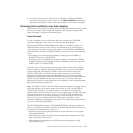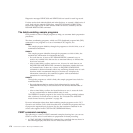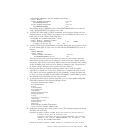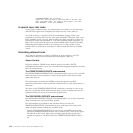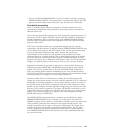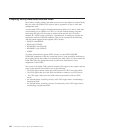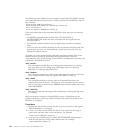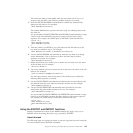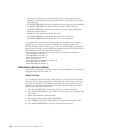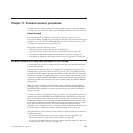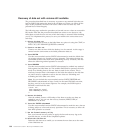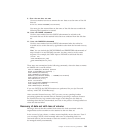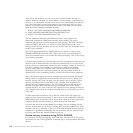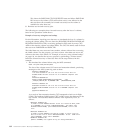This makes the data set unavailable while the move from old to new is in
progress, and also allows the following unbind operation to succeed.
4. Issue the SHCDS FRUNBIND subcommand to unbind any retained locks
against the old data set. For example:
SHCDS FRUNBIND(CICS.DATASET.A)
This enables SMSVSAM to preserve the locks ready for rebinding later to the
new data set.
You can include the SHCDS FRSETRR and FRUNBIND subcommands of steps
3 and 4 in the same IDCAMS execution, but they must be in the correct
sequence. For example, the SYSIN input to IDCAMS would look like this:
//SYSIN DD *
SHCDS FRSETRR(old_dsname)
SHCDS FRUNBIND(old_dsname)
/*
5. After the unbind, use REPRO to copy the data from the old data set to the
new data set created in step 1. For example:
REPRO INDATASET(CICS.DATASET.A) OUTDATASET(CICS.DATASET.B)
6. Use the SHCDS FRSETRR subcommand to mark the new data set as being
under maintenance. This is necessary to allow the later (step 8) rebind
operation to succeed. For example:
SHCDS FRSETRR(CICS.DATASET.B)
7. Delete the old data set to enable you to rename the new data set to the name
of the old data set. For example:
DELETE CICS.DATASET.A
8. Use access method services to rename the new data set to the name of the old
data set. For example:
ALTER CICS.DATASET.B NEWNAME(CICS.DATASET.A)
You must give the new data set the name of the old data set to enable the
following bind operation to succeed.
9. Use the SHCDS FRBIND subcommand to rebind to the recovered data set all
the retained locks that were unbound from the old data set. For example:
SHCDS FRBIND(CICS.DATASET.A)
10. Use the SHCDS FRRESETRR subcommand after the rebind to reset the
maintenance flag and enable the data set for use. For example:
SHCDS FRRESETRR(CICS.DATASET.A)
You can include the SHCDS FRBIND and FRRESETRR subcommands of steps
8 and 9 in one IDCAMS execution, but they must be in the correct sequence.
For example, the SYSIN input to IDCAMS would look like this:
//SYSIN DD *
SHCDS FRBIND(dataset_name)
SHCDS FRRESETRR(dataset_name)
/*
Using the EXPORT and IMPORT functions
Similar considerations to those for the REPRO method also apply to the use of
IMPORT when recovering data from a copy created by EXPORT.
About this task
The following steps are required to restore a data set copy that has been created by
an access method services EXPORT command:
Chapter 16. Moving recoverable data sets that have retained locks 185



